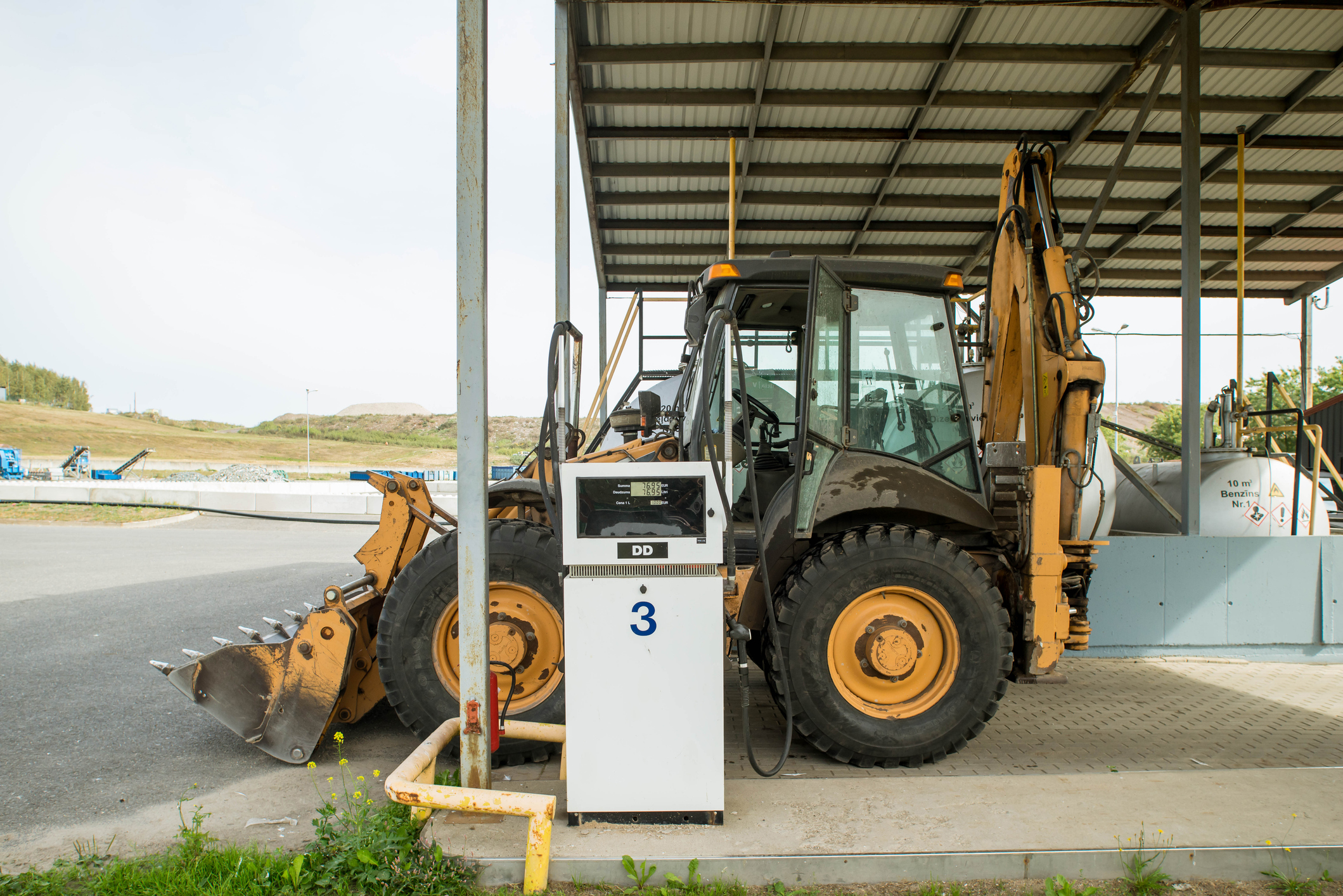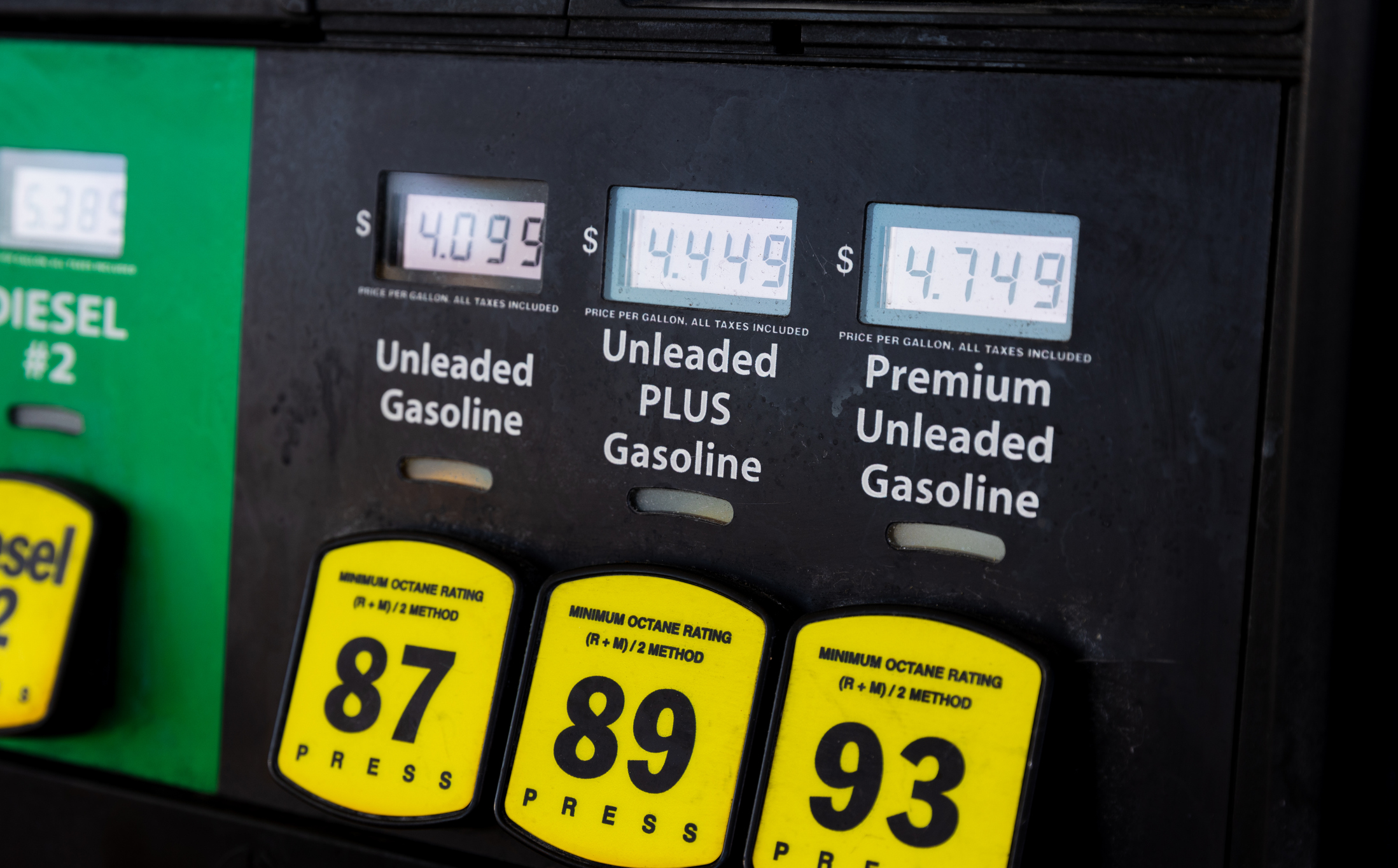Activists promoting the destruction of the four Lower Snake River dams are increasingly turning their attention to river temperatures as their latest claim in attacking the dams. In trying to make that case, they are turning to a shaky claim that was repeated last week in The Seattle Times.
The authors of an op-ed calling for destruction of the dams claimed that “in 2015, hot water killed 250,000 adult sockeye salmon in the Columbia and Snake rivers.” This is not the first time I’ve seen that claim and the cited source is another op-ed in the Seattle Times, this one from 2015.
A look at the original source is a good example of how reckless dam opponents are with their claims. There are several errors and problems with their message.
- Although the claim says, “hot water killed 250,000 adult sockeye salmon,” the source they cite includes all salmon, even sturgeon, not just sockeye. They didn’t even take the time to read their own source.
- Their source doesn’t say that 250,000 fish died. Published in early August, that number was a projection for the whole year. They conflate a projection with reality.
- The claim that 250,000 died in the “Columbia and Snake rivers” is, at the very least, misleading. Only 1,052 sockeye entered the Snake River during the whole of 2015. Of those, 440 reached the Lower Granite dam – the farthest upstream of the four Lower Snake River dams. Assuming that none of those fish died of other causes, at most, 600 sockeye died due to water temperature in the Snake between the dams. Saying 250,000 sockeye died (which is false) in the Columbia and Snake, when a maximum of 0.25% of them died (of all causes) on the Snake is obviously misleading.
- It is worth noting that 2015 had some of the largest runs of both sockeye and Chinook salmon in decades. The 1,052 sockeye that passed the Ice Harbor dam on the Snake in 2015 was the fourth highest number since 1968. Additionally, it is higher than the average sockeye runs of the first six years of the dam’s operation from 1963-1968. Since Ice Harbor was the first dam to be built, low salmon runs cannot be blamed on the four dams; any impact of the dams would not have appeared until later.
- The authors say “the loss is devastating” for the tribes who rely on the salmon. We certainly want to see salmon populations increase further for their own sake and for those who rely on them, but 2015 is a strange year to choose if we are looking at the availability of salmon. That year, the 187,055 sockeye counted far up the Columbia at the Wells dam was the fourth-highest count of the previous ten years, and higher than any year prior to 2008.
- Temperatures were usually high on the Snake and Columbia rivers in 2015, but the cause was not dams but the lowest snowpack in the Northwest in more than three decades. Snowpack was only 28 percent of normal in 2015 and only 12 percent of normal in the Lower Columbia. Blaming the dams for a once-in-several-decades snowpack occurrence isn’t honest or accurate.
Finally, I will add that after a downturn in recent years, the Snake River Chinook and sockeye runs are thankfully rebounding this year. Although it is early in the sockeye run, 135 sockeye have already reached the Ice Harbor dam, compared to just seven at this time last year. The Chinook run is about 30 percent above last year.
If we are going to have a serious, science-based discussion about the Snake River dams, then we should expect and insist on a basic level of accuracy.






